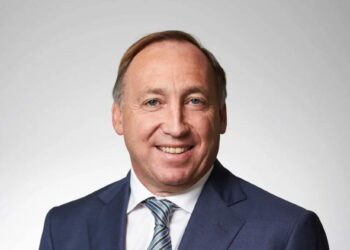Cuts and delays of dividends will put further pressure on superannuation funds’ investible flows, according to Crestone Wealth Management.
Crestone said with unemployment likely to rise and wages fall, contributions were likely to be under more pressure and COVID-19 withdrawals would likely rise.
“If dividends are also being cut or delayed, this will further pressure superannuation funds’ investible flows. UBS estimates these could fall by half in the next 12 months (from $89 billion to $44 billion),” Crestone said.
“This, of course, could be a modest negative demand impact for domestic equities (and ease selling of the Australian dollar to fund global equities), albeit the fall in equity prices is also driving some positive equity demand through rebalancing asset allocation targets.”
It pointed to UBS data that found over the past couple of years, member contributions had decreased while withdrawals had increased.
“The drivers of this are not hard to find. In terms of inflows, that’s likely to reflect both lower wage growth, as well as Government policies restricting concessional and non-concessional contributions to super,” the firm said.
“The pick-up in outflows likely reflects, in part, ageing demographics and more people entering pension phase (as well as no longer contributing). The consequence is that in 2018-2019, distributions, dividends and interest have grown to be more than 90% of the cashflow available for super funds to invest each year (with only 10% from net member contributions).”




